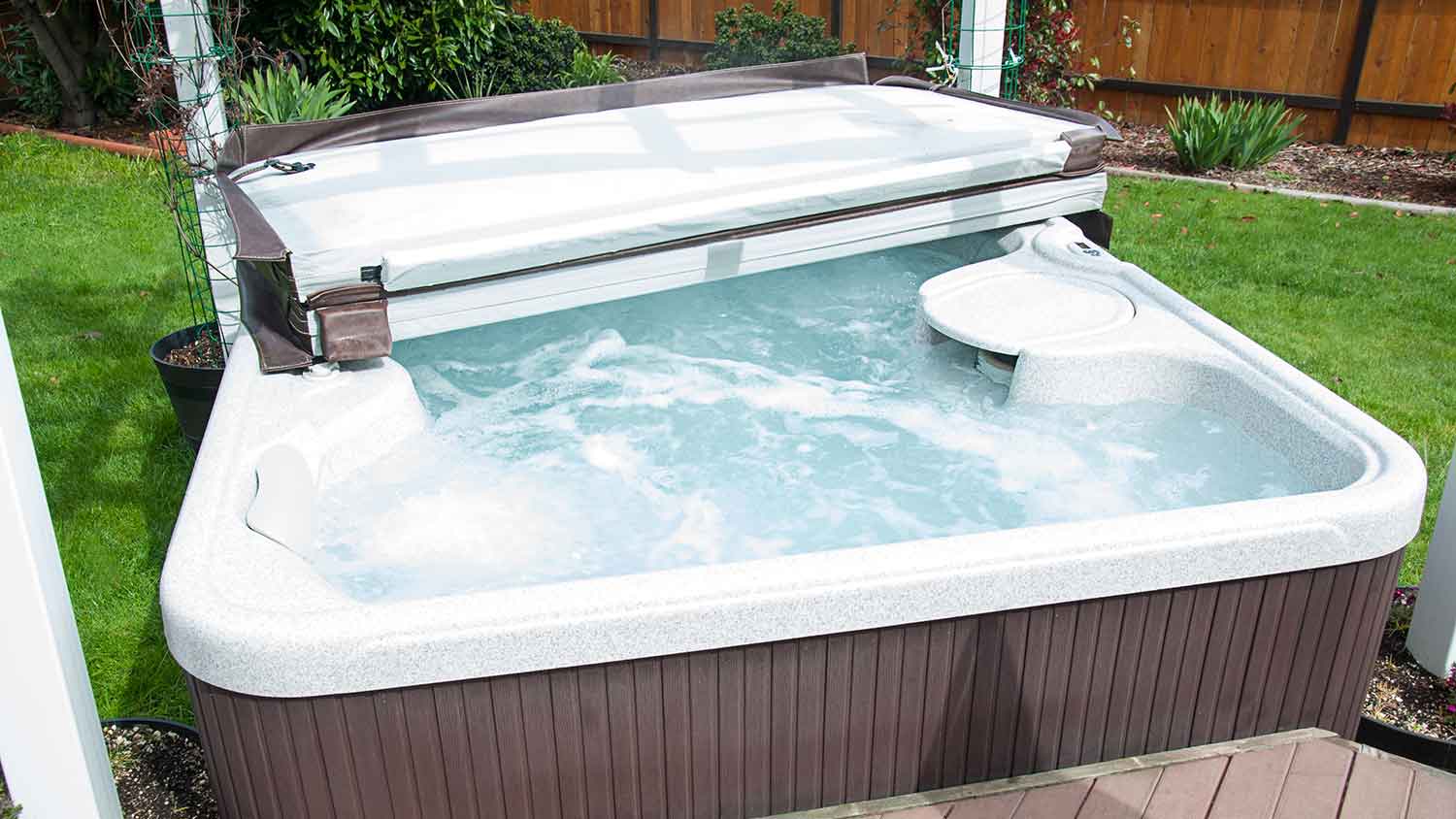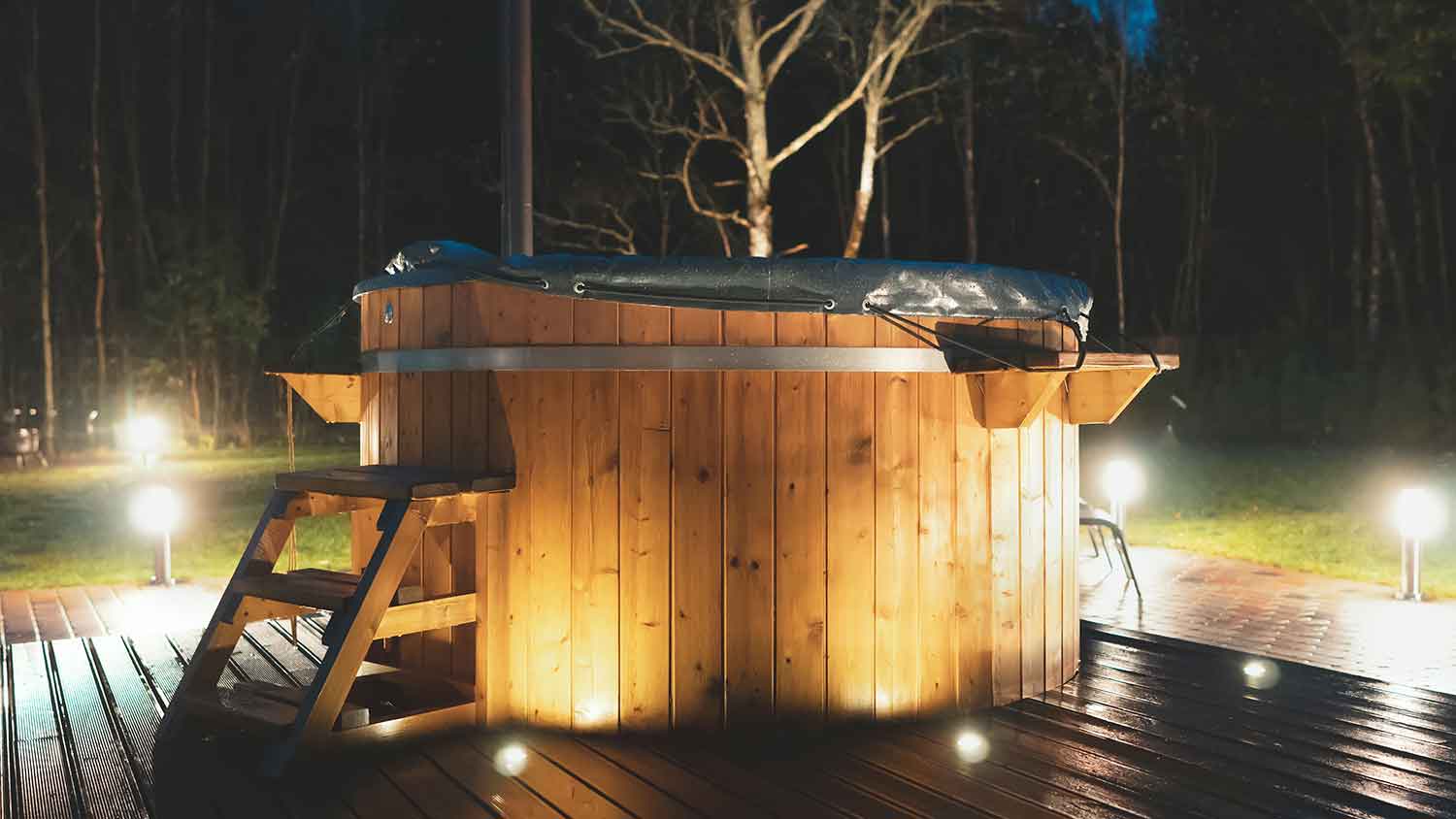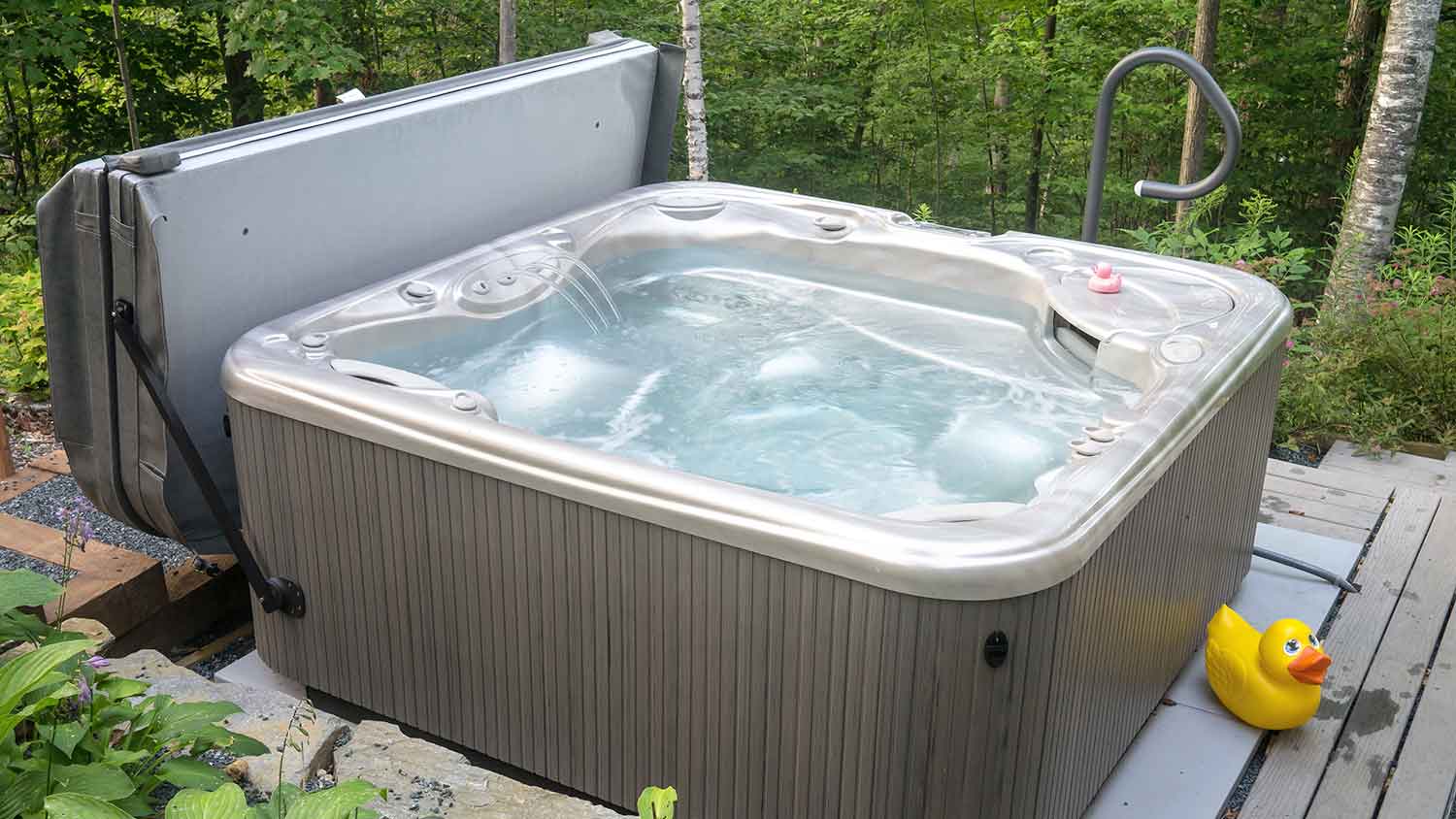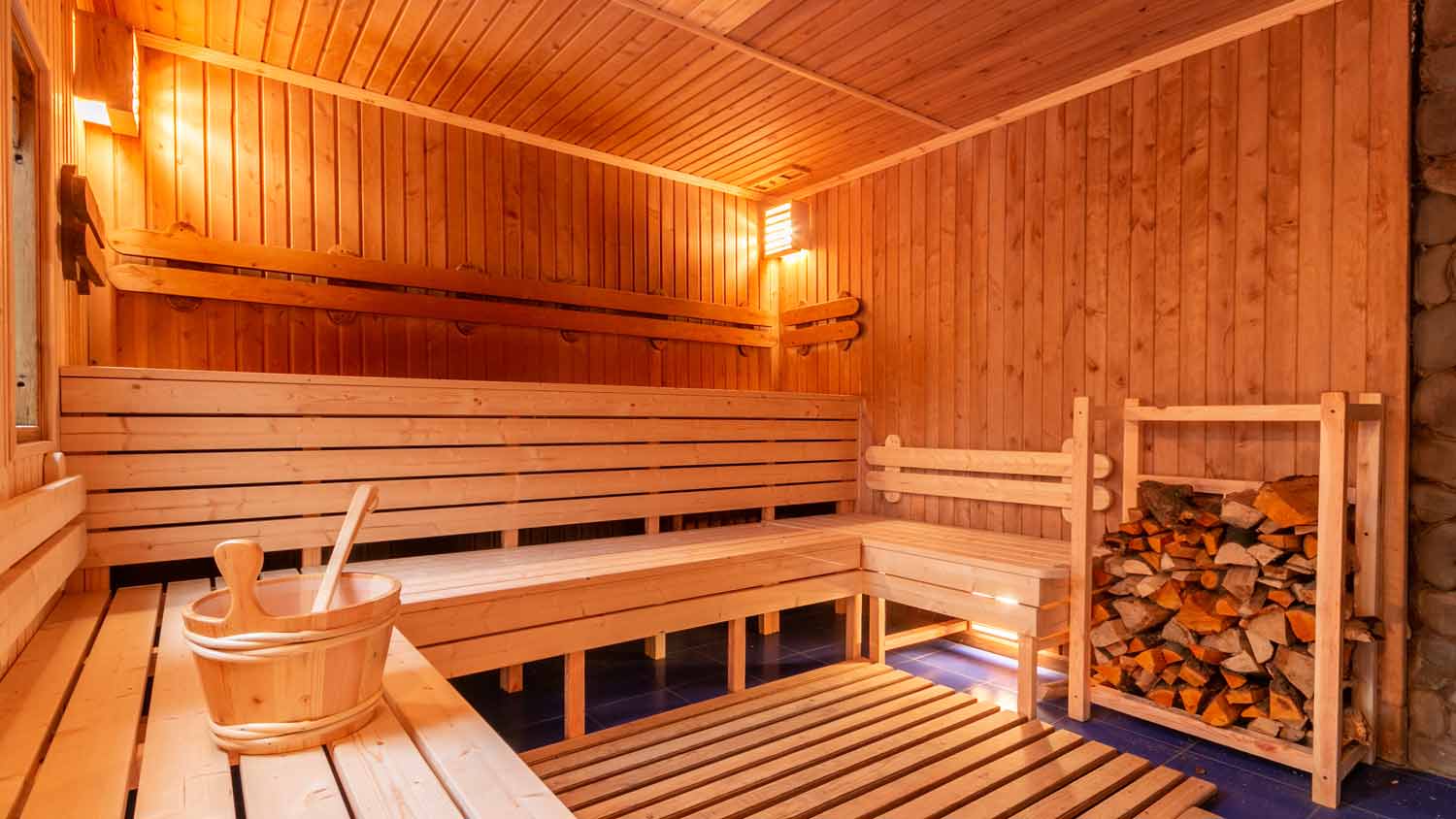
Wondering about hot tub cover costs? Learn what impacts pricing, compare materials, and discover ways to save on your next hot tub cover purchase.
Don't skimp when protecting your hot tub; the cover is your insurance


There is nothing more relaxing than coming home after a long day to soak in a hot tub. But if you do not use the right type of cover, your hot tub time may not be so relaxing. A hot tub cover keeps the water clean, retains heat, and makes your hot tub last longer. Without the right one, the water could be cold and dirty. This is not something to overlook; consider the cover an investment in keeping your hot tub in great shape for many years to come.

Soft spa covers are made from durable vinyl and stretch over your hot tub onto fasteners installed onto the hot tub cabinet. To keep rain from pooling on the cover, most spa covers include a vinyl pillow to put underneath the cover. But this is not always enough, especially in heavy rain. Soft spa covers are lightweight, easy to take on and off, and less expensive than other options.
| Pros | Cons |
|---|---|
| Budget-friendly hot tub cover | Does not provide thermal protection |
| Lightweight and easy to maneuver | Heavy rain can damage the hot tub cover. |
| No need for a hot tub cover lifter |
Best for: Spa owners on a budget

Hard hot tub covers are the most common option to protect hot tubs. They are made of vinyl and foam core. Hard spa covers have a hinge in the middle that helps you lift the cover off the tub to use it. Unlike soft spa covers, they can be heavy, but they provide much greater thermal protection. They may save you money in the long run by offering greater protection and requiring fewer visits from a hot tub installer or repair person near you.
| Pros | Cons |
|---|---|
| Provides thermal protection to prevent your hot tub from losing heat | Can be heavy and challenging for one person to remove |
| Made specifically for each hot tub model, which ensures sealed edges | Foam core can absorb water if punctured. |
| Affordable prices |
Best for: Spa owners looking for optimal thermal protection
Aluminum spa covers are similar to hard hot tub covers, but instead of foam core, they have Styrofoam between aluminum plates. This type of hot tub cover also has an aluminum border. The downside is that you do not get the same tight seal on the edges as the hard hot tub covers provide. This may cause your hot tub to lose heat or let in rainwater. On the plus side, Styrofoam does not absorb water like foam core, so you do not have to worry about punctures rendering the cover useless. If anything happens, though, you should repair it immediately to ensure its effectiveness.
| Pros | Cons |
|---|---|
| Styrofoam core does not absorb water. | Does not provide adequate thermal protection |
| Lightweight because it is aluminum-plated | Requires a spa lifter to install it |
| Durable and lasts through most elements |
Best for: Areas that get considerable rainfall

Smartop® hot tub covers are also made from aluminum but are puncture-proof, so there is no worry about damaging the cover's interior. The inside of the hot tub cover consists of foam, which provides thermal protection. In addition, the exterior is made from UV-resistant polymer, which reduces any sun damage and makes the cover last longer. Smartop® hot tub covers come with a hydraulic lifter, making it easy for even one person to remove the cover.
| Pros | Cons |
|---|---|
| Puncture proof so it will not absorb water | More expensive than other options |
| Great thermal protection | |
| Includes a hydraulic lift |
Best for: Homeowners planning to own the hot tub long-term
When choosing the best type of hot tub cover, there are certain factors you should consider. Just like hot tubs are not one-size-fits-all, neither are hot tub covers. Investing in the proper hot tub cover can lengthen the life span of your hot tub and keep your water warmer. Here is what to consider.
Your hot tub cover should perfectly fit the hot tub. The hot tub cost is hefty, so you want to protect your investment. Measure your hot tub's length and width if you have a rectangular or square hot tub, and its diameter if you have a circular hot tub.
Ensure the hot tub cover fits perfectly and accounts for any add-ons, such as a waterfall feature or speakers. It should be snug around all sides so it does not lose heat or sag under the weight of heavy rainfall or snow.
The thicker the cover's foam, the more insulation your hot tub gets, especially in the cold winter months. It also protects better against other elements, such as strong winds. Foam thickness typically ranges from three to six inches, and the thicker the foam, the more weight the cover can bear.
A foam's density also plays a role in the hot tub cover's durability. The denser the foam, the more energy efficient the cover will be. Denser foam can also help withstand heavier loads, which is important if you live in an area that gets a lot of snow.
The type of vinyl on your hot tub cover determines its longevity. Look for vinyl that is UV-resistant, as well as resistant to humidity and moisture. The vinyl should have a protective coating to prevent mold and mildew growth. Fortunately, most hot tub cover manufacturers offer various sizes and colors. You can even have a hot tub cover custom-made to fit your hot tub securely.
From average costs to expert advice, get all the answers you need to get your job done.

Wondering about hot tub cover costs? Learn what impacts pricing, compare materials, and discover ways to save on your next hot tub cover purchase.

We could all use some relaxation, but we don’t always have the budget. This guide will show you how much an in-ground hot tub costs—no matter the build.

Hot tub repair costs will depend on the type and severity of the issue. Our cost guide will help you decide whether to DIY or hire a professional.

If you’re considering adding a pool to your property, you might be wondering what time of year you should buy it. Read on to see why the end of the swimming season in most climates is actually the best time to make your pool purchase.

Discover sauna maintenance cost estimates, including average prices, key cost factors, and tips to help you budget for a clean, efficient sauna.

A warm soak can renew your spirits, but your hot tub occasionally needs a refresh. This guide will help you decide whether to replace or refurbish your hot tub.